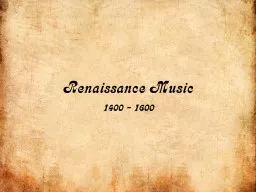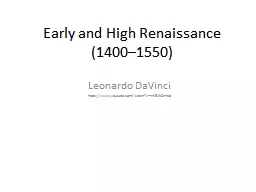PPT-Renaissance 1400-1600 “rebirth”
Author : olivia-moreira | Published Date : 2018-03-10
A time of renewed interest in science art and religion Masaccio Painter His most famous work can be found in the Brancacci Chapel in Santa Maria del Carmine in
Presentation Embed Code
Download Presentation
Download Presentation The PPT/PDF document "Renaissance 1400-1600 “rebirth”" is the property of its rightful owner. Permission is granted to download and print the materials on this website for personal, non-commercial use only, and to display it on your personal computer provided you do not modify the materials and that you retain all copyright notices contained in the materials. By downloading content from our website, you accept the terms of this agreement.
Renaissance 1400-1600 “rebirth”: Transcript
Download Rules Of Document
"Renaissance 1400-1600 “rebirth”"The content belongs to its owner. You may download and print it for personal use, without modification, and keep all copyright notices. By downloading, you agree to these terms.
Related Documents

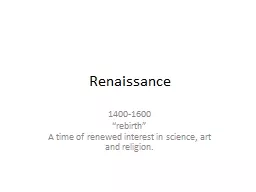
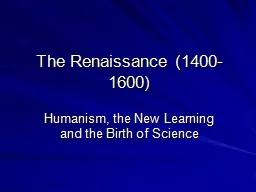
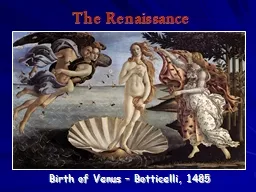

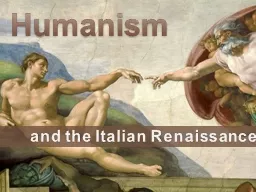


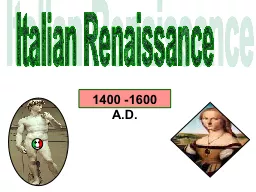
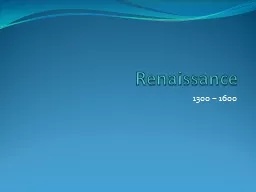
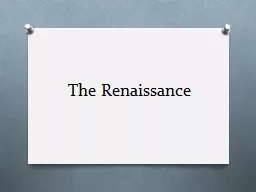
![Renaissance Italy http://www.kmkz.com/jonesj/gallery/renaissance italy[1].jpg](https://thumbs.docslides.com/717618/renaissance-italy-http-www-kmkz-com-jonesj-gallery-renaissance-italy-1-jpg.jpg)

